Content
- What Are The Advantages & Disadvantages Of Process Costing?
- Similarities Between Job Order Costing And Process Costing
- Business In Action 4 2
- Composite Or Multiple Costing
- How Big Companies Manage Their Data?
- Accounting Principles Ii
- When To Use Process Costing
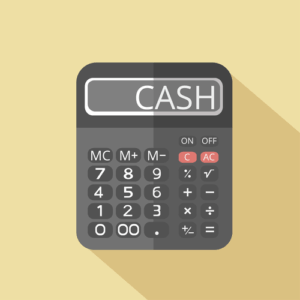
The account is debited with the cost of materials, labour and overheads relating to the process and the value of byproducts and scrap is credited. Process Costing The balance of this account, representing the cost of a process, is passed on to the next process and so on until the final product is completed.
Process costing system is a type of costing procedure which is used in accounting for calculating cost in continuous or mass production industries such as food processing, cement, sugar or potato chips. In these industries it is not possible to identity separate units of production because of the continuous nature of production processes involved. Four steps are used to assign product costs to completed units transferred out and units in work-in-process inventory at the end of the period. As with job order costing, you would be encouraged to refer to the operating budget as a reference for your company’s standard direct material, direct labor, and overhead costs. Or, the expected amount for the month in question can be used. ABC Clothing then assigns overhead to each product and the process of allocating overhead is the same as in job costing. After Hannah determines her overhead costs and decides on activity level she allocates those costs for each unit.
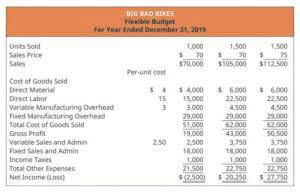
So, if they don’t match then you know that you have a mistake somewhere. Next, we’ll breakdown Ending WIP units byDirect Materials, Direct Labor, and Factory Overhead.
What Are The Advantages & Disadvantages Of Process Costing?
Designate costs for complete and incomplete products. https://www.bookstime.com/ can be easier to use than other costing methods, and it can help companies zero in on areas for potential cost cutting. The input will pass through two or more processes before it takes the shape of the output. The output of each process becomes the input for the next process until the final product is obtained, with the last process giving the final product. Production takes place continuously except in cases where the plant and machinery are shut down for maintenance etc.
- A process costing system is used by companies that produce similar or identical units of product in batches employing a consistent process.
- Further, the average cost represents the cost per unit, wherein the total cost is divided by the total number of outputs produced during the period to arrive at the cost per unit.
- Since you’re reading this, you’ll probably have to make the estimate yourself.
- This process makes use of the concept of Equivalent units.
- The organisation can identify such inventory either by physically counting the units or through a software inbuilt in the manufacturing process.
- Eventually, costs have to be allocated to individual units of product.
Cost Control – Being every job is separate and each job has special characteristics and the job is not standardised so cost control is difficult. Completion of task – There is no such requirement. Cost of process can be obtained even if product is incomplete. Controlling aspect – Since production is continuous and products are standardized so comparatively lesser control is required. Controlling aspect – Since each job is separate and distinct, greater supervision and control is required by management. Cost unit – Each Job or batch of product is the cost unit for which cost is ascertained. Cost Calculation – Cost is determined for every job or batch or product.
The cost of direct materials placed into production during the month . Prepare a production cost report for the Milling department for the month of April. Prepare a production cost report for the Mixing department for the month of March. Prepare a production cost report for the Mixing department at Calvin Chemical Company for the month of June. The Molding department requisitioned direct materials totaling $2,000 to be used in production. For each firm listed in the following, identify whether it would use job costing or process costing. Describe the differences between a process costing system and a job costing system.
Similarities Between Job Order Costing And Process Costing
It is applied for various industries like chemicals and drugs, oil refining, food processing, paints and varnish, plastics, soaps, textiles, paper etc. The main benefit of Process Costing is that it provides information that can be used to make critical business decisions. For example, managers using this system can assess profit margin by product and isolate problem products before they become major issues. Process Costing also allows companies to set prices according to production costs. A student’s first thought is that this is easy—just divide the total cost by the number of units produced. However, the presence of work-in-process inventories causes problems.
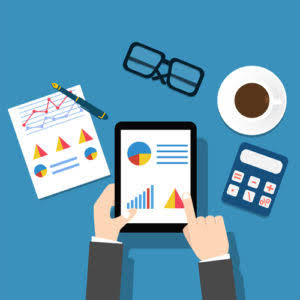
A method of process costing that includes costs in beginning inventory and current period costs to establish an average cost per unit. Ultimately, job order costing and process costing are cost accounting systems which are both viable – the key is to identify unique circumstances and needs of your business. In this example, just as with the job order costing example, we are assuming that overhead is applied on the basis of direct labor hours. However, if you allocate overhead differently that’s perfectly fine. Because, here, all you’re doing, is taking that total amount of overhead per unit and assigning it to each individual department. Whether you do so based on the number of man-hours each department spends on each item, or some other means, doesn’t matter. Though the overhead allocation process is the same, the types of overhead costs differ from one company to the next.
Business In Action 4 2
This is the total (eventual, once the units are 100% complete) value of the work in progress that the department began the month with. An Equivalent unit is basically how much of work in progress you’ll consider whole, complete units, for the purposes of accounting. For example, if 1,000 units are in WIP and are considered 50% complete, then we would say that the department has 500 Equivalent units. Remember to estimate the percentage complete based off of value, not quantity.

Here, costs are calculated separately for each run. All units completed and transferred out during March are sold by March 31. Products with a cost of $100,000 are completed and transferred from the Packaging department to the finished goods warehouse. Products with a cost of $35,000 are completed and transferred from the Packaging department to the finished goods warehouse. A total of 40,000 units were in beginning WIP inventory. All were completed and transferred out during March.
Composite Or Multiple Costing
The cost per unit can be ascertained at the end of any manufacturing process by dividing the total cost of a process by the number of units produced in that process. Process costing is an alternative method of cost accounting. Like job costing, even process costing is a basic method by which costs are accumulated by processes. In the case of job costing, costs are charged to each individual customer.
Finally, split up the costs by allocating the appropriate amounts to the number of products completed, as well as to the inventory that was considered in-process at the end of the period. Cost of manufacturing such as (direct materials cost + direct wages + direct overhead) per piece. Product costs must be transferred from Finished Goods to Cost of Goods Sold as sales are made. This requires a correct and accurate accounting of product costs per unit, to have a proper matching of product costs against related sales revenue. Companies can calculate costs using several different methods, including weighted average costing, standard costing and first in, first out costing. There are a number of industries in which process costing can be applied.
- Notice that the basic data are at the top of the spreadsheet, and the rest of the report is driven by formulas.
- Abnormal loss cannot be treated like overhead of the process to be shared by good units.
- This enables the company to buy materials in bulk, often leading to volume price discounts from suppliers.
- The point at which they are separated from the main product is called the ‘split off point.’ Till the split-off point all expenses incurred are considered to be joint expenses.
Divide the total cost by the number of units to obtain the cost per unit. The output of a process is transferred to the next process generally at cost to the process. It may also be transferred at market price to enable checking efficiency of operations in comparison to the market conditions.
How Big Companies Manage Their Data?
For example, a computer manufacturing plant will create numerous components that are interchangeable among computers of the same model. Process costing allows manufacturers to sell individual parts separately to computer repair shops or individual buyers, since the manufacturers know the cost of the separate parts. We split the cost between Finished Goods and Work in Progress based on the cost per unit and the respective unit volumes. Main product may not require any further processing. But, by-products may require further processing before they can be sold. All the products are having equal value and importance. Some losses may arise in all the processes due to avoidable and unavoidable reasons.
Output of Previous Process, Input of Next Process – The finished product of one process becomes the raw material for the next process. The output of one process becomes the input to the next process until the finished product is made in the final process. The output from the final process is transferred to the Finished Stock Account. This becomes necessary since each order of an individual customer is different from that of the other. Being different, each order requires different amounts of material, labour and overhead.
Accounting Principles Ii
It is easy to allocate the expenses to processes to have accurate costs. For instance, if the company that manufactures ink cartridges completed 3,000 cartridges and left 2,000 cartridges 50% complete, the company would divide the costs by 4,000.
Because the frames have already been through each department, the additional work is typically minor and often entails simply adding an additional fastener to keep the back of the frame intact. Other times, all the frame needs is additional glue for a corner piece. In other cases, we can have abnormal gains when the actual loss is less than the expected normal loss.
To ensure accuracy, companies need to include only product-related costs from each department involved in the process and correctly allocate cost to work-in-progress at each stage. The cost of the output of the process is transferred to the next process. The cost of each process is thus made up to cost brought forward from the previous process and net cost of material, labour and overhead added in that process after reducing the sales value of scrap. The net cost of the finished process is transferred to the finished goods account.
Calculating Unit Cost Under Process Costing
In process costing, the emphasis is on accumulation of costs for a process during a given period of time and the number of units produced in the process during that period. To determine the unit cost of output of each process, the total production cost of the process is divided by the total quantity of the output of the process during a given period.
]]>Content
- What Are the Main Types of Depreciation?
- What is accumulated depreciation?
- Accumulated Depreciation Explained
- Want More Helpful Articles About Running a Business?
- Where does accumulated depreciation go on the balance sheet?
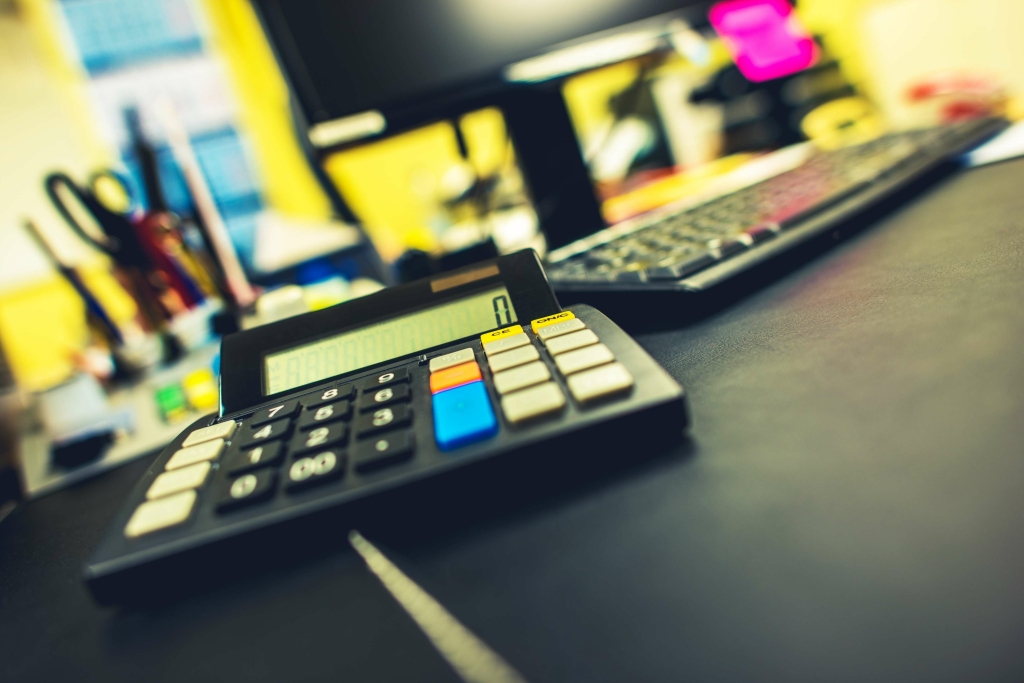
For example, any gain that is attributable to the depreciation taken during the asset’s life may be taxed at the higher ordinary tax rate in comparison to the standard capital rate. Depreciation for intangible assets is called amortization, and businesses record accumulated amortization the same accumulated depreciation as accumulated depreciation. The same is true for many big purchases, and that’s why businesses must depreciate most assets for financial reporting purposes. However, when you eventually sell or retire an asset, you debit the accumulated depreciation account to remove the entry for that asset.
- Accumulated depreciation is the total amount of depreciation of a company’s assets, while depreciation expense is the amount that has been depreciated for a single period.
- To see how the calculations work, let’s use the earlier example of the company that buys equipment for $50,000, sets the salvage value at $2,000 and useful life at 15 years.
- The concept of depreciation describes the allocation of the purchase of a fixed asset, or capital expenditure, over its useful life.
- Over the years the machine decreases in value by the amount of depreciation expense.
- For tax purposes, the IRS requires businesses to depreciate most assets using the Modified Accelerated Cost Recovery System .
Depreciation expense is a portion of the capitalized cost of an organization’s fixed assets that are charged to expense in a reporting period. It is recorded with a debit to the depreciation expense account and a credit to the accumulated depreciation contra asset account. One difference between the two concepts is that accumulated depreciation is stated on the balance sheet , while depreciation expense appears on the income statement, usually within the operating expenses section. Another difference is that the depreciation expense for an asset is halted when the asset is sold, while accumulated depreciation is reversed when the asset is sold. The accumulated depreciation account is a contra asset account on a company’s balance sheet.
What Are the Main Types of Depreciation?
Say that five years ago, you dedicated a room in your home to create a home office. You estimate the furniture’s useful life at 10 years, when it’ll be worth $1,000. The result is $10,000, which is the amount that will be depreciated from the asset every year until there’s no useful life remaining. Some companies may list depreciation for plant, machinery, and equipment separately under the value of each item instead of a cumulative figure used in the above example. Waggy Tails, a pet grooming company, purchases some equipment with a useful life of 10 years for $110,000. Once the useful life of the equipment is over, Waggy Tails can salvage $10,000. For every asset you have in use, there is the “original basis” and then there’s the “accumulated depreciation” .
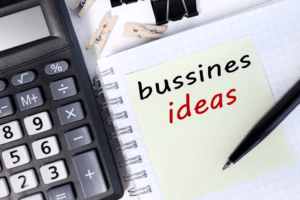
Even then, the accumulated depreciation cannot exceed the asset’s original cost, despite remaining in use after its estimated useful life. The journal entries for the accumulated depreciation will help you determine how much of an asset has been written off and its remaining useful life. Typically, there’s an original basis for every asset you have in use, equal to the original purchase price. Then, there’s accumulated depreciation or the value lost in the asset, which is considered an expense on your books. In order to calculate the depreciation expense, which will reduce the PP&E’s carrying value each year, the useful life and salvage value assumptions are necessary. Alternatively, the accumulated expense can also be calculated by taking the sum of all historical depreciation expense incurred to date, assuming the depreciation schedule is readily available. The purpose of depreciation is used to match the timing of the purchase of a fixed asset (“cash outflow”) to the economic benefits received (“cash inflow”).
What is accumulated depreciation?
To see how the calculations work, let’s use the earlier example of the company that buys equipment for $50,000, sets the salvage value at $2,000 and useful life at 15 years. The estimate for units to be produced over the asset’s lifespan is 100,000. For example, if a company purchased a piece of printing equipment for $100,000 and the accumulated depreciation is $35,000, then the net book value of the printing equipment is $65,000. Tracking the depreciation expense of an asset is important for reporting purposes because https://www.bookstime.com/ it spreads the cost of the asset over the time it’s in use. Calculating accumulated depreciation is a simple matter of running the depreciation calculation for a fixed asset from its acquisition date to its disposition date. Although the straight-line method is the simplest and most common method of depreciation, accumulated depreciation will take place no matter which method is used to depreciate your assets. Accumulated depreciation for the desk after year five is $7,000 ($1,400 annual depreciation expense ✕ 5 years).
- Eventually, when the asset is retired or sold, the amount recorded in the accumulated depreciation and the asset’s original cost will be reversed.
- Harold Averkamp has worked as a university accounting instructor, accountant, and consultant for more than 25 years.
- It is important to note that an asset’s book value does not indicate the vehicle’s market value since depreciation is merely an allocation technique.
- ScaleFactor is on a mission to remove the barriers to financial clarity that every business owner faces.
- All have in-depth knowledge and experience in various aspects of payment scheme technology and the operating rules applicable to each.
- Overall, you add depreciation expense charged during the current period to the accumulated depreciation at the beginning of the period while subtracting the depreciated expense for a disposed asset.
Learn financial statement modeling, DCF, M&A, LBO, Comps and Excel shortcuts. In our PP&E roll-forward, the depreciation expense of $10 million is recognized across the entire forecast, which is five years in our illustrative model, i.e. half of the ten-year useful life. Since the salvage value is assumed to be zero, the depreciation expense is evenly split across the ten-year useful life (i.e. “spread” across the useful life assumption). Suppose that a company purchased $100 million in PP&E at the end of Year 0, which becomes the beginning balance for Year 1 in our PP&E roll-forward schedule.
Accumulated Depreciation Explained
For more than 15 years, she’s produced money-related content for numerous publications such as TheStreet and MarketWatch, and financial services firms like TD Ameritrade and PNC Bank. She covers topics such as stock investing, budgeting, loans, and insurance, among others. This is done for a few reasons, but the two most important reasons are that the company can claim higher depreciation deductions on their taxes, and it stretches the difference between revenue and liabilities. Depreciation expense is not an asset and accumulated depreciation is not an expense. The simplest way to calculate this expense is to use the straight-line method. In other words, depreciation spreads out the cost of an asset over the years, allocating how much of the asset that has been used up in a year, until the asset is obsolete or no longer in use. Without depreciation, a company would incur the entire cost of an asset in the year of the purchase, which could negatively impact profitability.
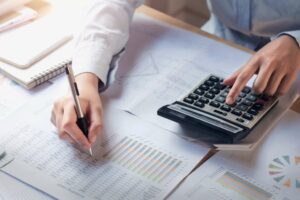
Starting from the gross property and equity value, the accumulated depreciation value is deducted to arrive at the net property and equipment value for the fiscal years ending 2020 and 2021. Using the straight-line method, you depreciation property at an equal amount over each year in the life of the asset. John Cromwell specializes in financial, legal and small business issues. Cromwell holds a bachelor’s and master’s degree in accounting, as well as a Juris Doctor. To cater to this matching principle in the case of capitalized assets, accountants across the world use the process called depreciation. Salvage ValueSalvage value or scrap value is the estimated value of an asset after its useful life is over. For example, if a company’s machinery has a 5-year life and is only valued $5000 at the end of that time, the salvage value is $5000.
Want More Helpful Articles About Running a Business?
Under MACRS, the IRS assigns a useful life to different types of assets. For example, office furniture is depreciated over seven years, automobiles get depreciated over five years, and commercial real estate is depreciated over 39 years. For accounting purposes, the depreciation expense is debited and the accumulated depreciation is credited. The accumulated depreciation can then be calculated by multiplying the annual depreciation expense by the number of years that have passed. The depreciation rate is a percentage that represents the rate at which an asset is expected to lose its value. The accumulated depreciation is the total amount of depreciation that has been taken on an asset up to the current period.
]]>